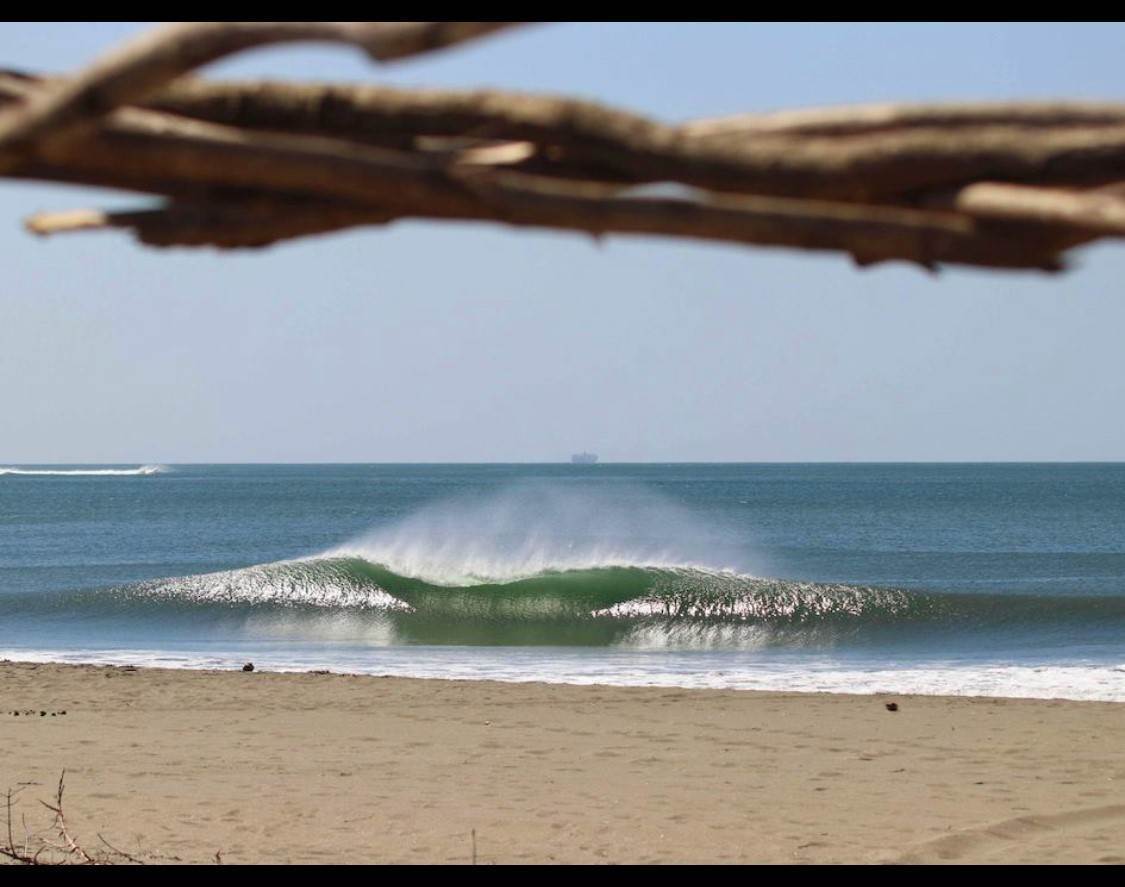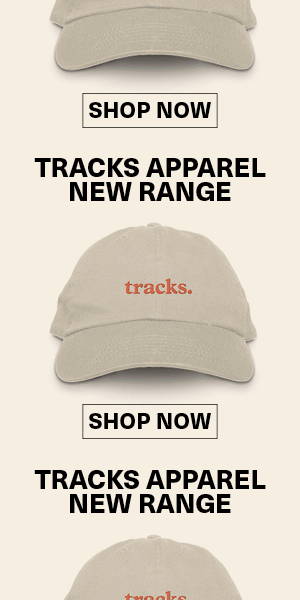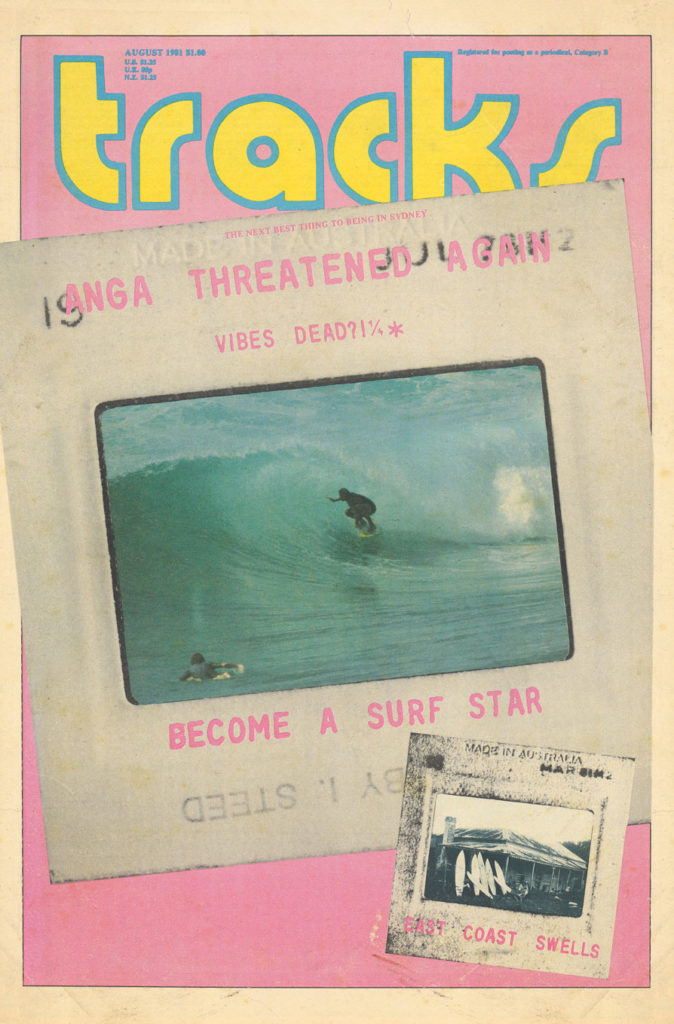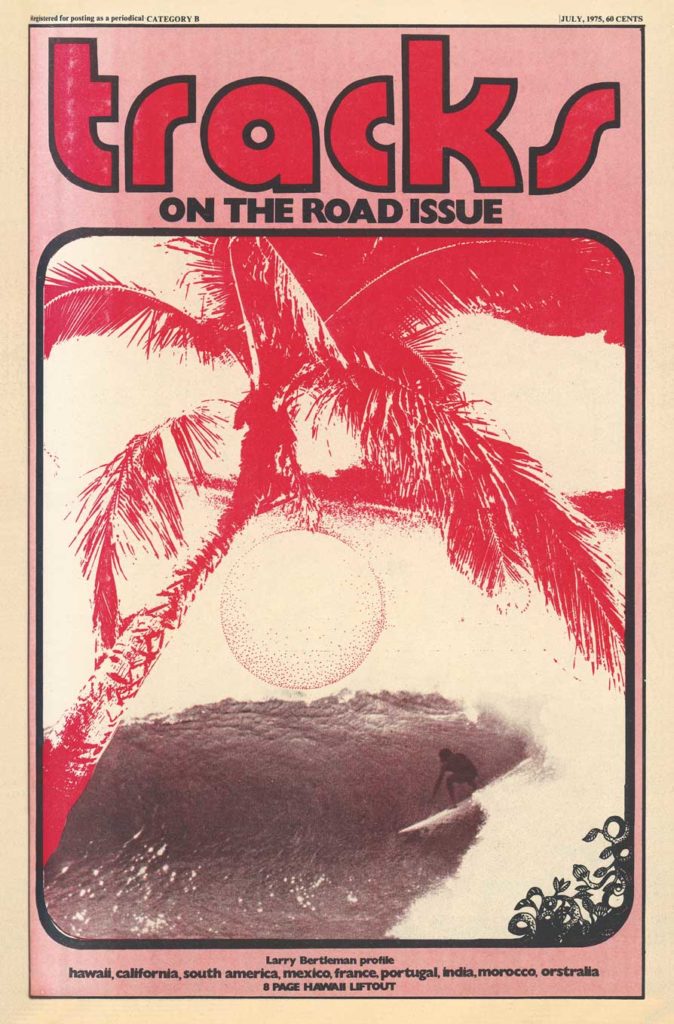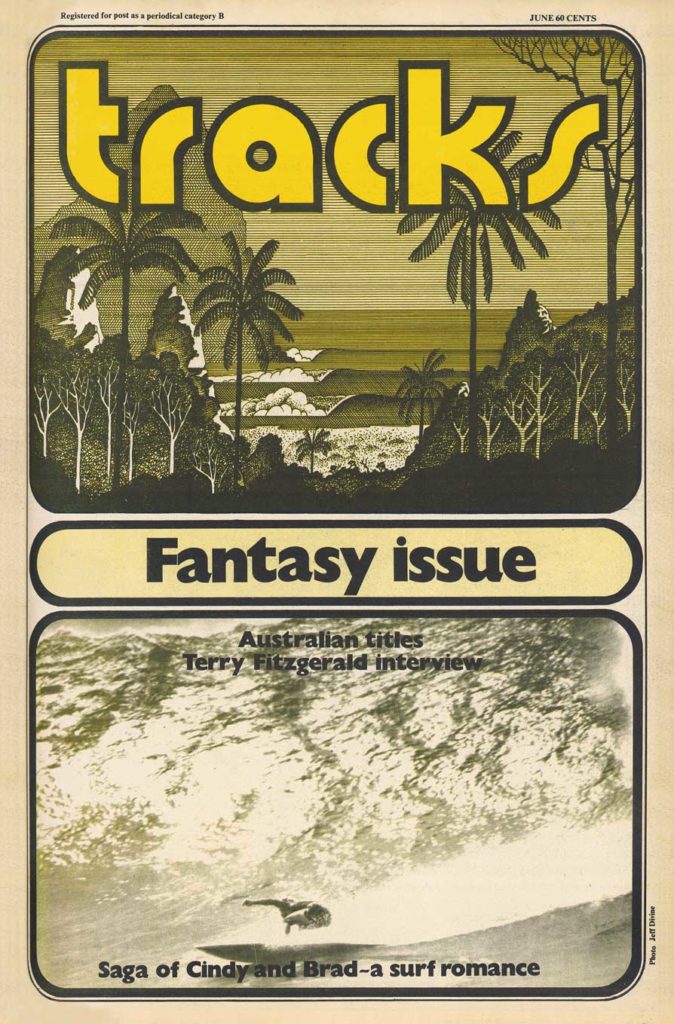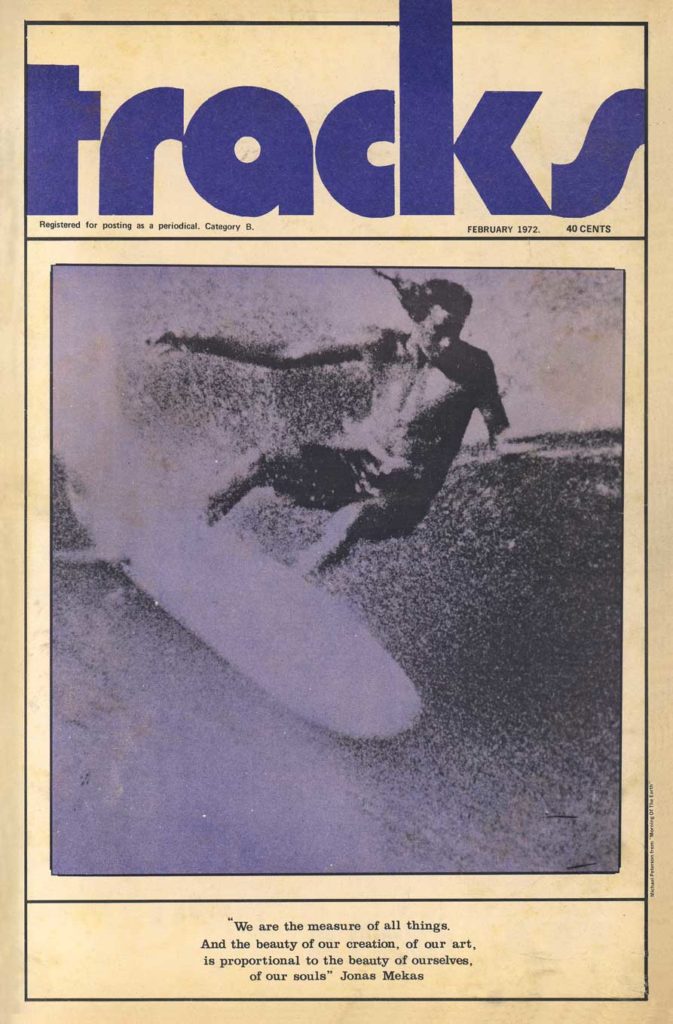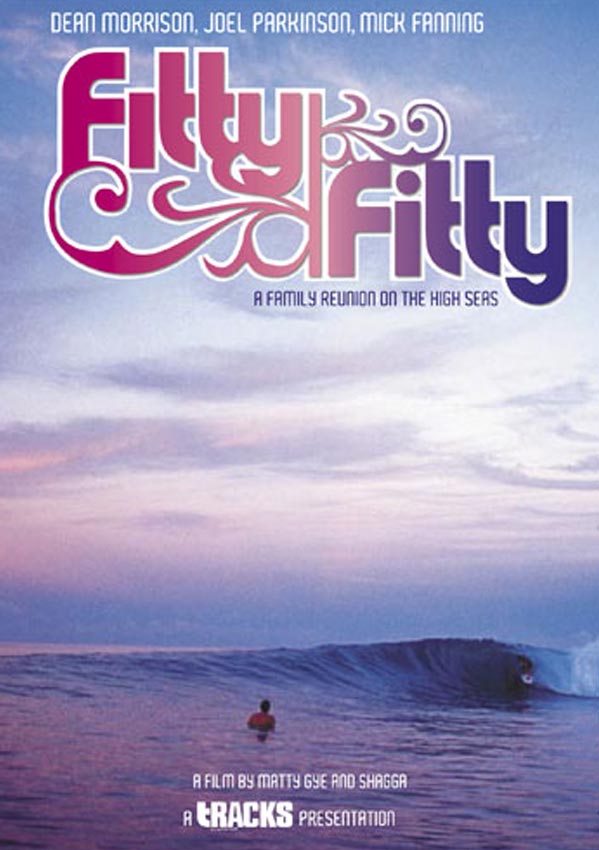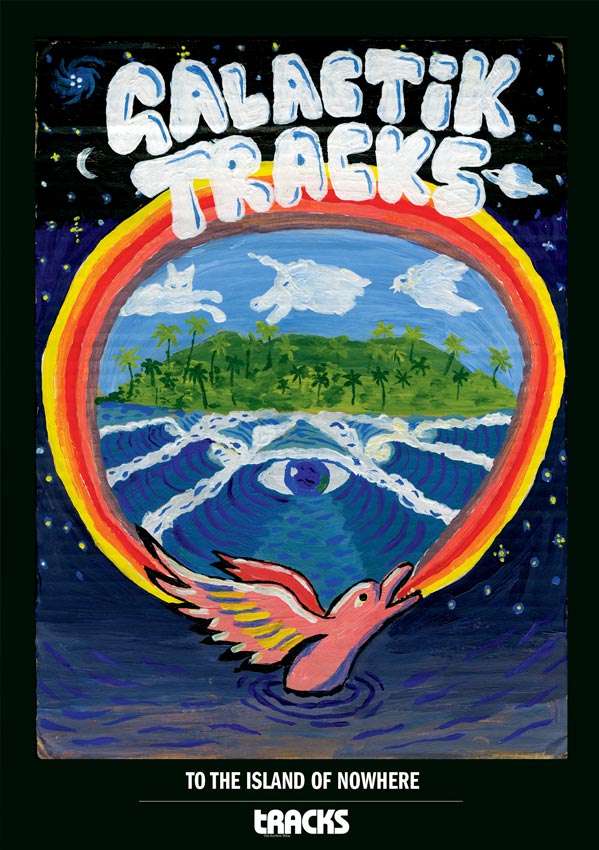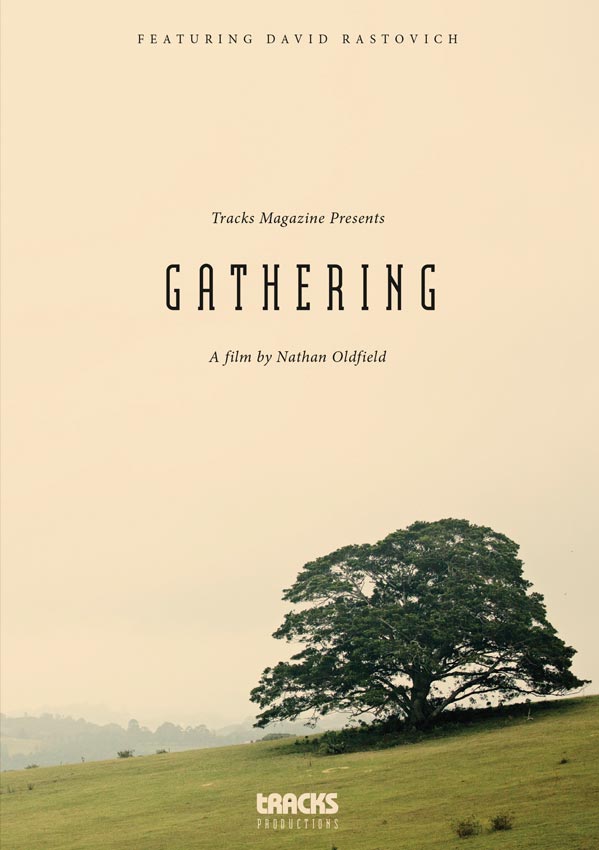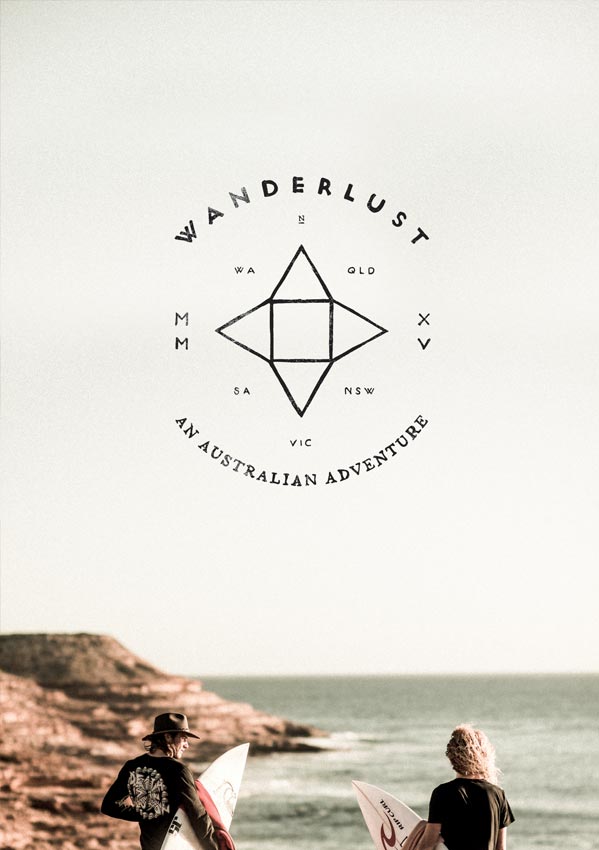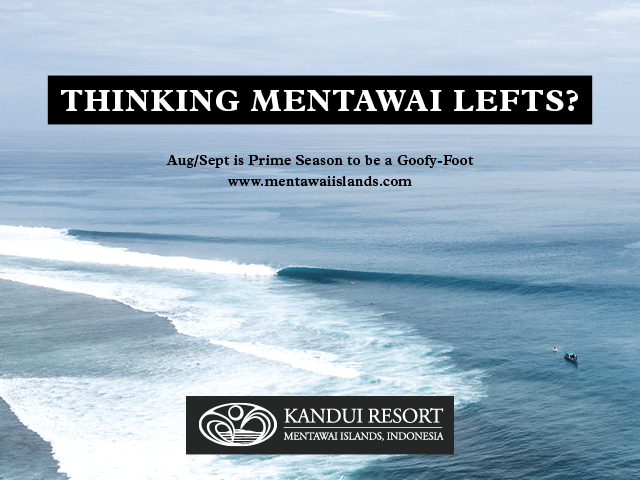While the various players in the wave-pool space race compete for our attention and our cash, others have not forgotten that there are thousands of miles of coastline where mother-nature already does half the work.Troy Bottegal, a lateral thinking surfer from Western Australia is confident that his ‘Airwave’, inflatable reef concept has the capacity to radically transform the way surfers interact with coastlines. In a nutshell, the Airwave is a self-anchoring, inflatable dome that can be installed in three days. According to Troy the Airwave, which he has spent ten years developing, could transform a long stretch of whomping closeouts into a dreamy playground of barrelling A-frames. To build and install a single Airwave unit costs approximately US$325 000. The application to install the first unit in January 2019, is currently being processed and the Kickstarter campaign to fund the world’s first installation goes live online August 18. (www.kickstarter.com search Airwave). Below, Troy outlines the concept that surfers may start begging their respective local councils to install.
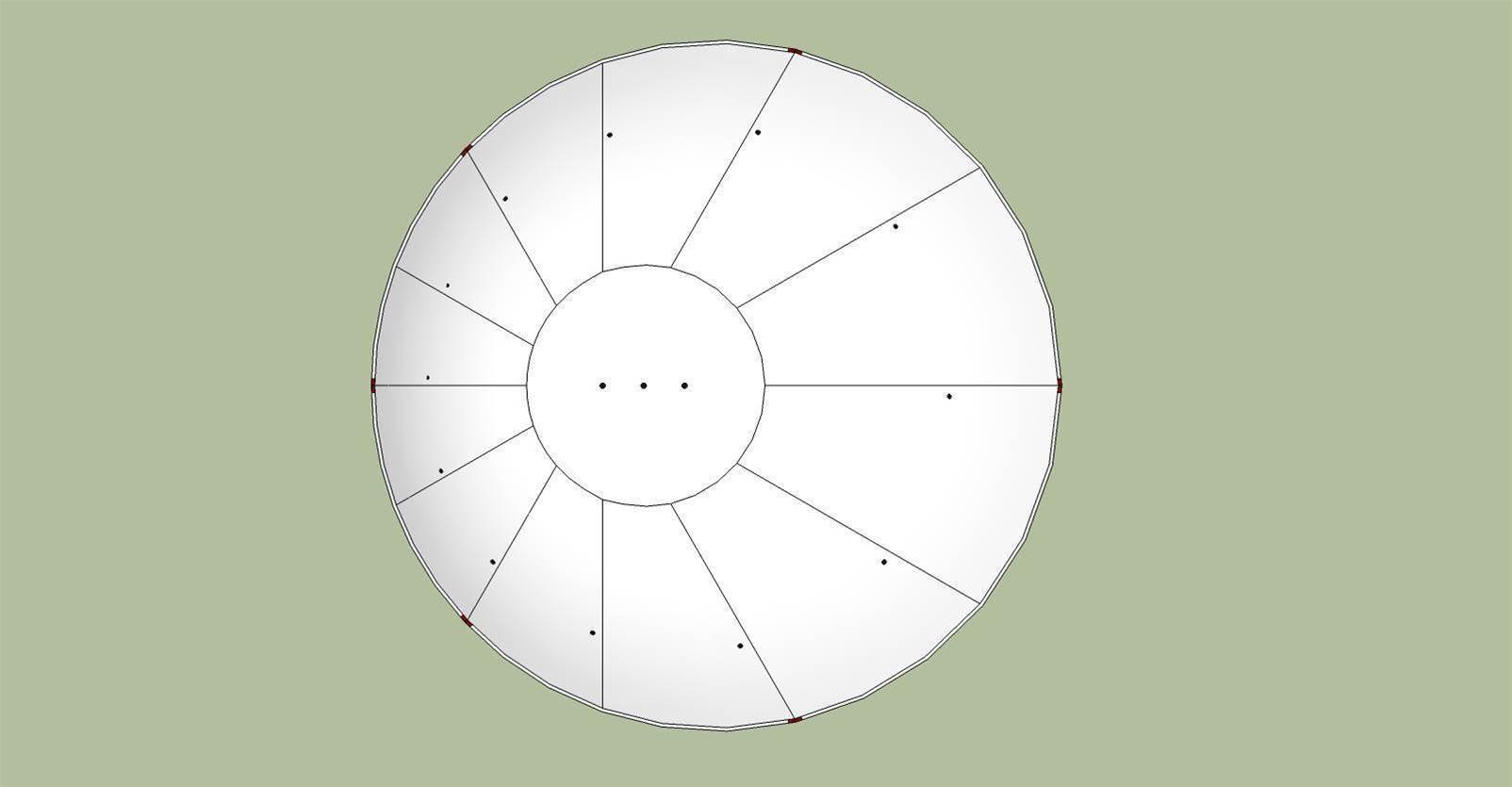
What is the shape of the inflatable structure and why?
The most important consideration when designing the Airwave was that it had to have nil or minimal environmental impact. That was the most important design parameter. The first test shape will have a 10-12 metre, perfectly circular base and then the shape overall, is a very subtle, flattened dome with a steeply angled back. The abruptly angled, curved rear surface, rising to two metres in height, provides the ‘reef edge’ effect, slowing the front edge of the swell, therefore causing it lift, fold over and turn concave. This action on the incoming swell also creates a concave and tapered wall effect, which ‘horseshoes’ around the AIRWAVE. From the highest rear point the Airwaves slopes gently towards the beach to provide a smooth path for water returning from the beach. Looking at the Airwave’s front from the beach, the curve is also flattened and very subtle, to minimize the disturbance to cross shore sand flow. The subtlety of these curves is very important in the way the Airwave intereacts with the sand environment.
So the most important thing when designing the Airwave, apart from wave shape improvement and beach erosion reduction, was that an extremely low impact on environment was paramount.
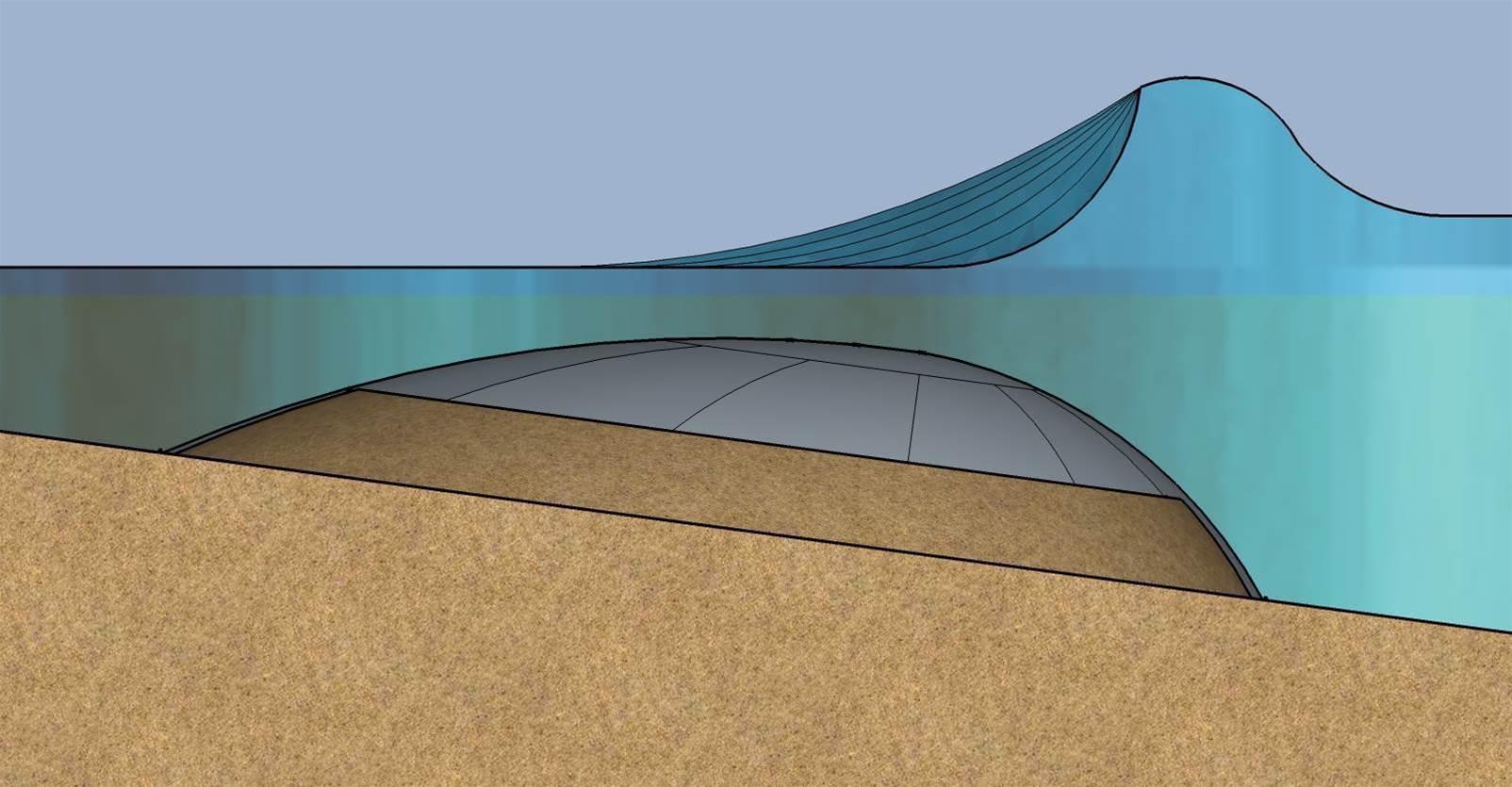
How is it attached to the sea floor and will it be able to hold its bindings in a big swell?
The Airwave is self-anchoring. It’s partially filled with many tonnes of sand and as it’s base has a large circular footprint, it will be extremely stable even in substantial storm events.
Is it a little like a sunken ship minus the sharp edges and dangerous materials?
Yes. Just a more well designed sunken ship without the angry metal bits ….and a lot closer to the shore than most wrecks.
You’ve sent us a photo of a six-foot A-frame as a projection. Is that an accurate representation of the Airwave’s capacity?
The Airwave is actually designed to work very well with a six-foot swell. Swells of this size will cause a below sea level, heaving barrel on take-off, across all but the highest tides. More experienced surfers will want to challenge themselves and try to backdoor the peak and all that good stuff. At this size it should provide a wide-open barrel on take-off and as it continues into shallower water, a tube that may last for the entire length of the wave. Of course shape and wave peel characteristics would be swell and tide dependant. On smaller swells and across different tides, mellower, tapered walls will be created. On smaller swells and medium tides, dads and mums can have fun with the kids.
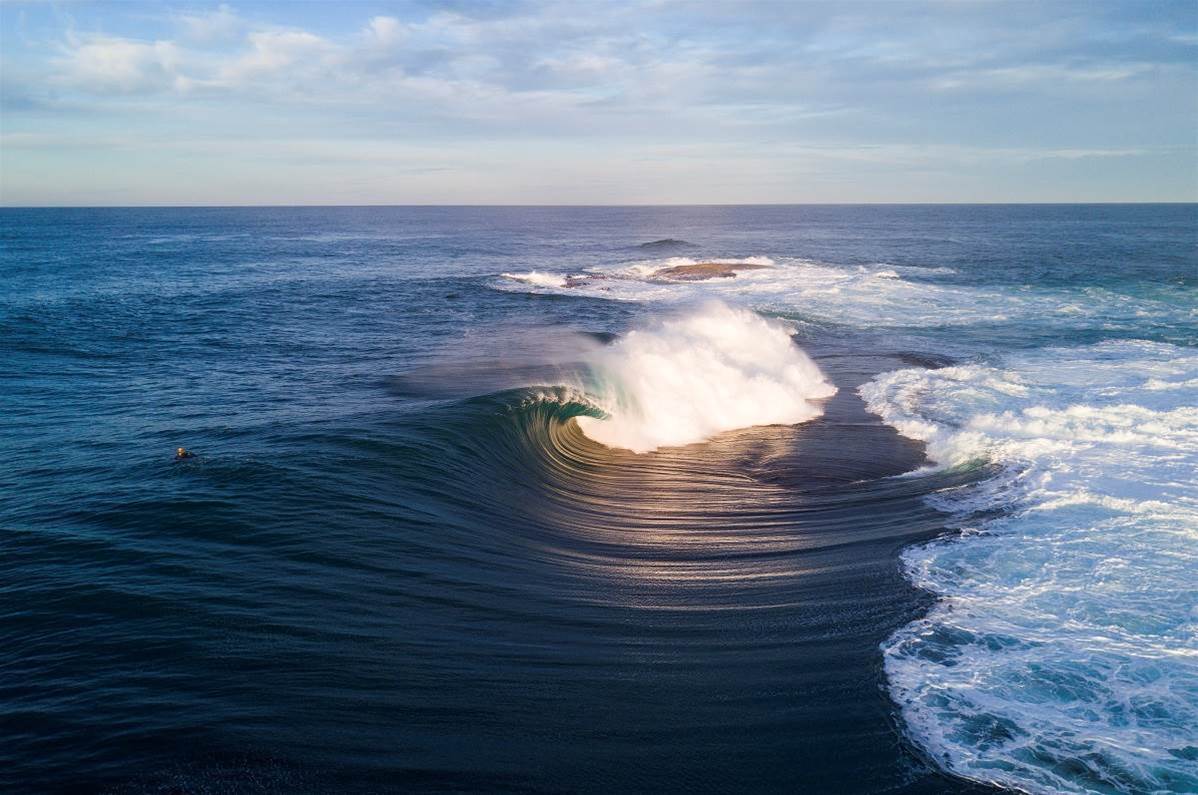
So it will barrel? That’s really the Holy Grail of artificial Reef design isn’t it?
Yes, the barrel is the Holy Grail and so it should be! The Airwave will most certainly barrel and across a fair range of swell sizes too. I don’t think it would be great to design a reef that didn’t have the potential to create barrels. The Airwave is a relatively compact structure, and is installed in quite shallow water. It causes the swell to break in both directions from one well-defined take-off point. Consequently the Airwave is characteristically a bowling a-frame, which then produces a concave wall peeling to the beach.
Many of the intentionally created artificial reefs have failed to deliver consistent, quality waves, while unintended set ups like rock walls and shipwrecks have been more successful. Why will yours work if others haven’t? What scale modelling have you done to indicate that your model will work?
It’s true that a lot of previous reefs have failed to deliver quality waves and for a variety of reasons. It also seems that nature tends to make the best man-made waves from shipping accidents and rock walls. The difference with the Airwave is that we haven’t tried too hard to overengineer or ‘force’ the wave to break along a long edge, as in typical ASR’s of the past. The Airwave merely lifts and peaks the swell just before the shoaling point, creating a convex peeling wall. The newly angled swell and increasingly shallow water does the rest.
We have completed several scale model tests, in both confined fresh water bodies and in shallow water ocean tests. Scale has been around 1:20. The scale tests have shown conclusively that making the ‘swell’ peak and break in one spot, in shallow water, produces a concave wall that peels evenly through to the shore. Although these tests are very encouraging, it is now time to test at full scale.
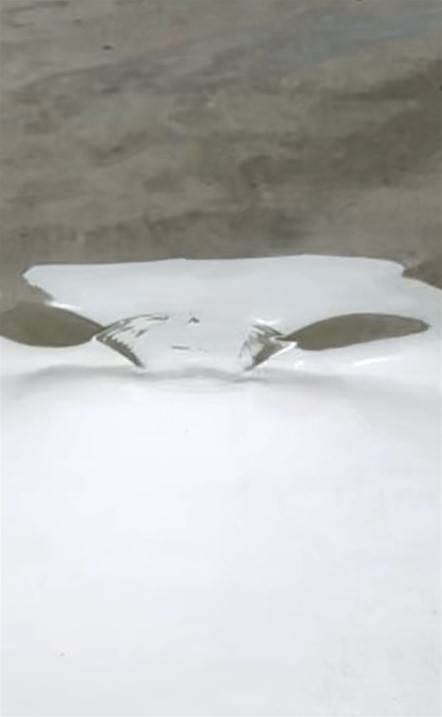
You’re confident it can accommodate all levels of surfer?
I think some or most beginner and intermediate surfers will certainly be satisfied with a mellower wave and the Airwave will indeed produce waves of that nature during smaller swells, with a mid to higher tides. As with naturally occurring waves, the beginners and intermediate guys can surf when the surf size is manageable, which is generally most of the time in medium swell locations. More experienced surfers can choose to surf at the lower tides or when the swell is pumping and it’s really standing up behind the Airwave. The Airwave offers a quality beach break bank/ A-frame type opportunity, that naturally varies with swell size and characteristics. In the future, placement and size variations of the Airwave could be used to make beginner-only or alternatively, expert-only waves.
Can it be modified to produce a wave with a more critical shape or varying degrees of difficulty.
The Airwave is simply a single air-filled dome, which mimics a shallow, well placed sand bank. Site selection, the swell profile of the site and depth placement can certainly be managed to produce more critical or mellower waves. A combination of both types can be installed on the same stretch of beach.
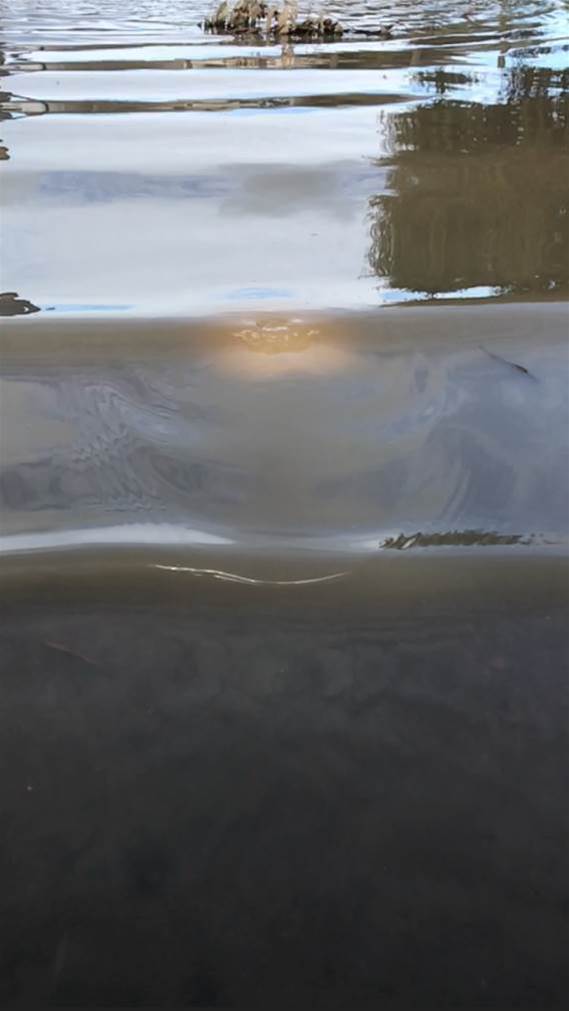
Once installed can it be modified to account for fluctuations in tide and swell? On a daily basis?
Ha ha…that’d be a challenge for the future and one that could possibly introduce the darker side of the human ego into the equation, via a dilemma. Who chooses what wave in and in what conditions? This may cause the eventual overthrow of the ageing wave controller via a bloody coup!
To answer the question seriously though… the Airwave is an install and leave structure. Any manipulation would only be undertaken if the Airwave needed to be moved to better suit the swell and tide conditions, such as if the initial placement was significantly miscalculated or could be improved by moving the Airwave slightly. Because of the work we have put into placement parameters, the Airwave should produce a wave across the full spectrum of tide and swell and not need to be modified after installation.
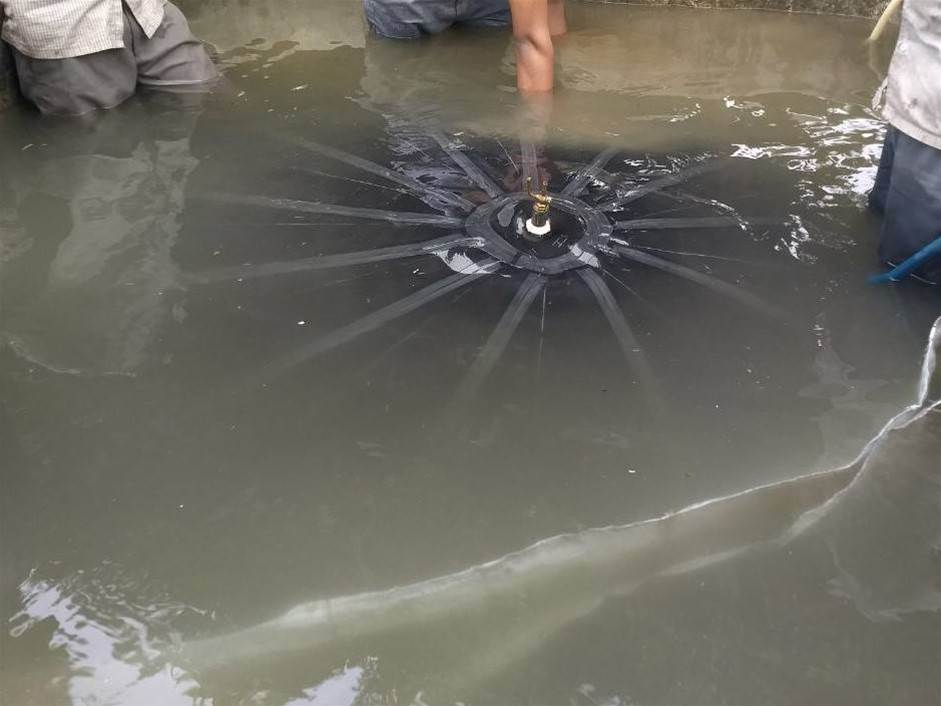
What are the time and costs associated with installation?
After an initial half-day, site depth survey, two days to install, fine weather dependent. To move, remove or relocate, one day. We estimate around $25-30k to float the Airwave and move to a new location in the same council area or approximately the same $$ to remove completely and repack for future installs.
We are still working out what the exact cost for a single unit will be and this will become clearer after testing shows us any subtle design changes that are needed. At this stage US$300k would be a good estimation. At that price they would be the approximate equivalent of one twentieth of the cost of a conventional ASR. To put it simply, for the cost of one conventional (Artificial Surf Reef) ASR, you can have twenty Airwaves.
Have you had expressions of interest from councils? Where will we likely see the first one tested?
I have had lengthy discussions with a coastal council in Western Australia, one in Victoria and have been approached by a city on the East Coast of the United States for a please explain. Previously I have had expressions of interest from all parts of the world, whilst I was still in the concept phase. I’m favouring the site in Western Australia because the logistics work at this stage, easier to visit the site and attend to logistics. So I think Western Australia will host the site the first test.
In theory a long stretch of beach, open to swell and with a reputation for closeouts, could feature multiple installations?
Certainly! In just two weeks, weather permitting, we could install around six new Airwave installations. That’s six new waves in a fortnight.
You use the term ‘inert’ environmental materials. What do you mean by that? What’s it actually made of?
Synthetic rubber, super strong, saltwater and uv resistant, food grade material.
Is there an onus of liability on you if something goes wrong on one of your reefs? Is there a lot of red tape to hop through?
Future units, after installation is completed and financial transaction are finalised, would become property of the purchaser, with a one-month period to correct any installation issues. In the initial test, my company will be responsible for the installation, insurances and removal if deemed necessary.
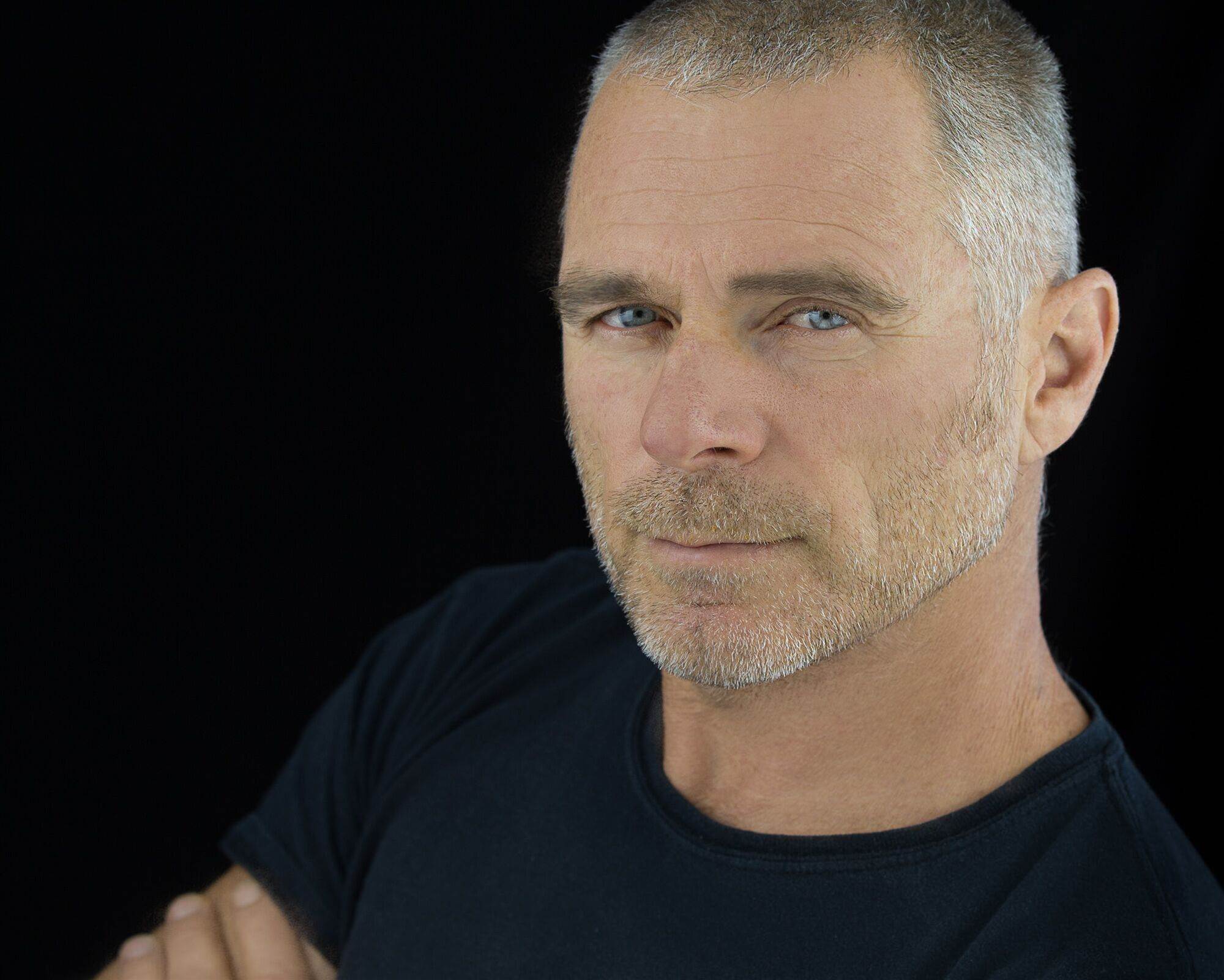
How did you come up with the idea? Was there a lightbulb moment? How long has the idea been evolving and who have you recruited to make it a reality?
I was in the bath of all places. I’m a mad bather, you know Epsom salts and all that. Ten years ago, in the house we were living in Scarborough, I was having one of these baths after a particularly ordinary beach break grovel. I stared up at the oyster light fitting above the bath and pop in comes the idea. Next minute I’m straddling the bath, taking down the domed light fitting and subsequently spent the next half hour pushing waves towards it. Not a light bulb moment, but very close!
Since then I’ve been researching the existing artificial reef industry, whilst at the same time conceptualizing, designing and redesigning the Airwave’s construction and form, as well as sourcing potential manufacturers and installers. I have interviewed and met numerous professors, visited, rang and interviewed coastal engineers, read so many artificial reef case studies (ugh) and constantly gleaned feedback from surfers about optimum wave characteristics. It’s been quite a journey.
To turn this into a reality I have formed a close relationship with a major manufacturing company’s’ engineering team, who specialize in flexible product fabrication for many of the world’s largest industrial corporations. I’ve also taken on and shared knowledge with a world class marine installation company within Western Australia.
You are proposing a crowd-funding model for the concept? What might investors get out of their contribution?
For the Kickstarter campaign, we are asking for donations to make the world’s first Airwave installation a reality. Contributors will receive a fully encrypted, 18 month subscription to view the official Airwave Test website, featuring 24/7 super HD beach cam and drone footage, covering each new swell as it hits the Airwave installation. There may be an opportunity to be the first person to surf it also, I’ll be checking that with the Kickstarter guidelines to make sure that’s within the rules. There is also a VIP subscription that get’s you into the opening party for high roller types.
Above all else contributors will also be playing an important role in bringing the Airwaves inflatable reef technology into reality, the worlds very first ‘pop-up’ surf reef. The first of thousands of new surf peaks around the globe.
How can a coastal council acquire an Airwave unit?
Each council has the option of acquiring government funding for regional works, purchasing Airwaves themselves outright, or using contributions from individual stakeholders in the community. Once councils see the merits of these types of installations, funding will be more freely available for such projects. I might add, that multiple Airwave installations could go a long way to mitigate seasonal beach erosion and that could make the funding decision easier in some coastal areas.
If it works does it have the potential to radically alter the way we look at coastlines and swells?
Yes, most definitely. Every bay in every country in the world is a potential site for a multiple Airwave installation. There are thousands of potential sites with enough swell to warrant some greatly improved wave shapes. Because of the speed and relative simplicity of the installation process, the possibility of placing many thousands of inflatable surf reefs around the world, in a relatively short space of time, is real. In the future Airwaves can be also be designed to fit into to gaps in reefs to improve the peel characteristics of existing reef breaks.
Surf overcrowding is reaching chronic levels and is not being alleviated by the existing artificial reef industry. Surfers are still craving the meditative experience that only a small group of mates out surfing can bring. Kids need to have more safe surfing options also. As great as they are, the surf ranch type models, whilst being prohibitively expensive, also struggle to recreate the natural surf experience and are overcrowded by the sheer nature of the business model. So, in my humble opinion, having the ability to quickly install Airwaves around the world, that are both safe and produce high quality, punchy surf, is a game changer.
The other potential market for Airwaves is multiple standing waves in flowing rivers, but that’s another story for another day.
Insta: wavecoptyltd

